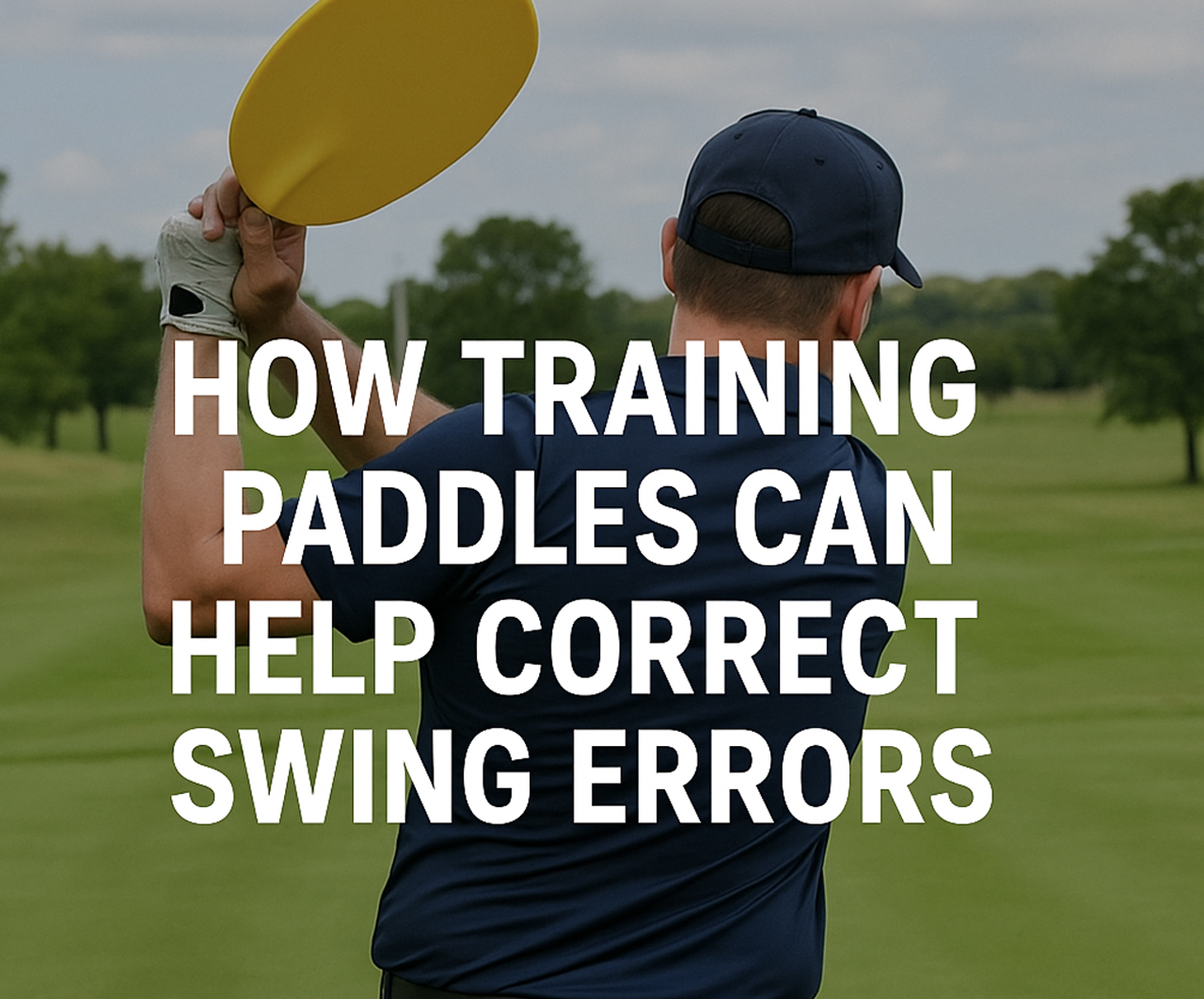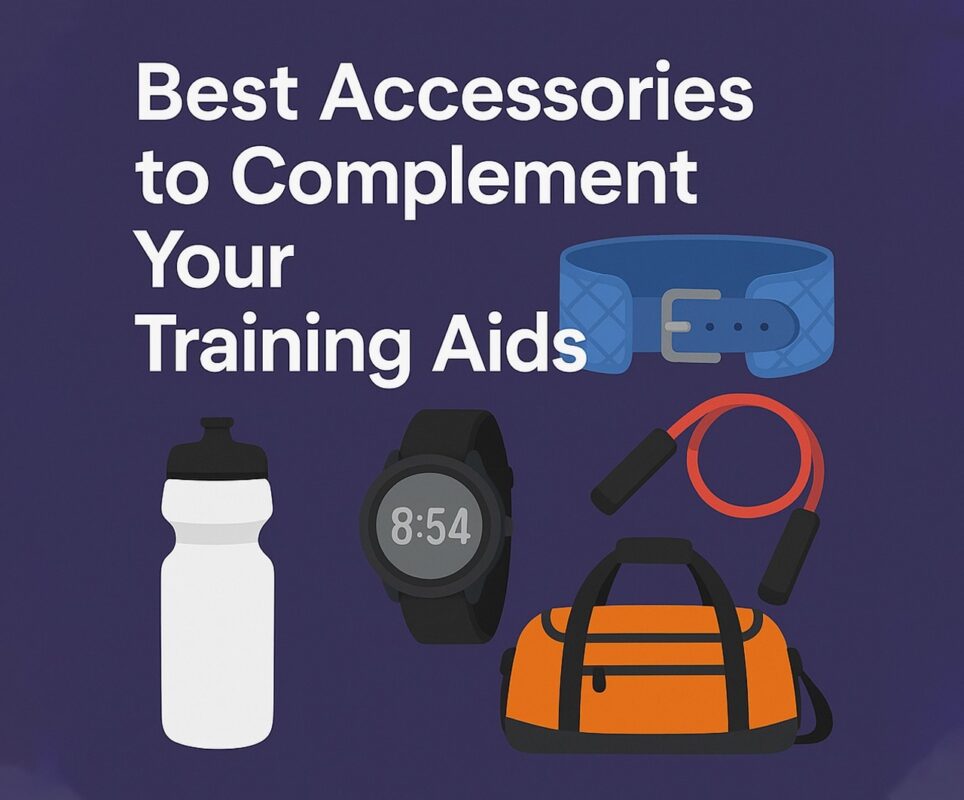If you’re serious about improving your pickleball game, understanding how to fix swing errors is essential. Many players overlook the impact that choosing the right paddle can have on their technique. Using the lightest pickleball paddle, experimenting with inexpensive pickleball paddles, and practicing with a variety of pickleball paddle balls can significantly enhance your game and correct bad habits. Training Paddles Innovative, in particular, are designed to help refine your swing, improve accuracy, and develop a stronger, more consistent technique. Know more..
Understanding Common Swing Errors in Pickleball
Before diving into how training paddles can help, it’s important to recognize the most common swing errors. These include:
- Overreaching: Extending too far to hit the ball, which leads to a loss of control.
- Poor Paddle Angle: Misjudging the angle of the paddle, often causing the ball to veer off course.
- Inconsistent Follow-Through: A weak or abrupt follow-through reduces shot accuracy and power.
- Wrist Flicking: Relying too much on the wrist, which can lead to erratic shots.
Training paddles are specifically designed to address these issues, helping players develop a better feel for the game.
How Training Paddles Improve Technique
1. Correct Paddle Positioning
One of the most common swing errors is poor paddle positioning. Training paddles often feature a larger sweet spot, making it easier to identify when you strike the ball correctly. Practicing with the lightest pickleball paddle allows players to maneuver the paddle more quickly, giving them a better understanding of proper paddle angles and positioning.
2. Developing Consistent Follow-Through
A strong follow-through is critical in pickleball. Training paddles can help players develop muscle memory to ensure that their follow-through remains consistent. Lightweight paddles make it easier to maintain control and focus on extending the swing through the ball, which leads to better shot accuracy and power.
3. Reducing Overreaching
Overreaching can throw off your balance and lead to inconsistent shots. Training paddles help players stay within their optimal hitting range. By practicing with inexpensive pickleball paddles, players can test different weights and grip sizes, allowing them to find the paddle that keeps their positioning and balance in check.
4. Minimizing Wrist Flicking
Training paddles help discourage excessive wrist movement. Since wrist flicking often causes inconsistent shots, practicing with a paddle that provides greater feedback allows players to recognize and correct this error. Pickleball paddle balls with varying weights can be used in drills to enhance control and timing.
Choosing the Right Training Paddle
When selecting a training paddle, consider factors such as weight, grip size, and material. Many players start with the lightest pickleball paddle to improve speed and control, while others prefer inexpensive pickleball paddles for experimentation without a big investment. Here’s what to look for:
- Weight: A lighter paddle allows quicker reaction times and better control, ideal for improving finesse and touch shots.
- Grip Size: A comfortable grip reduces the likelihood of developing bad habits, such as wrist flicking or overreaching.
- Paddle Face Material: Composite or graphite paddles provide better touch and responsiveness, which helps players learn to control spin and power.
Drills to Correct Swing Errors Using Training Paddles
1. Paddle Positioning Drill
- Focus on keeping the paddle face perpendicular to the net.
- Use the lightest pickleball paddle to ensure quick wrist adjustments.
- Practice hitting soft dinks to refine your paddle angle.
2. Follow-Through Drill
- Start with slow, controlled swings.
- Emphasize extending your arm and finishing the swing high.
- Use inexpensive pickleball paddles to experiment with different follow-through motions.
3. Footwork and Balance Drill
- Maintain a balanced stance and avoid lunging for shots.
- Incorporate pickleball paddle balls of different weights to test your timing and control.
4. Control and Spin Drill
- Use training paddles to practice adding spin to your shots.
- Alternate between forehand and backhand slices.
- Incorporate pickleball paddle balls of different textures to vary the spin effect.
5. Reaction Time Drill
- Practice blocking fast shots at the net.
- Use the lightest pickleball paddle to enhance reaction speed.
- Increase the pace over time to develop quicker reflexes.
Benefits of Using Training Paddles
1. Faster Skill Development
Training paddles provide immediate feedback, allowing players to make quick adjustments to their swing. This leads to faster skill improvement and greater consistency.
2. Increased Confidence
As players refine their technique, they gain more confidence in their ability to handle different game situations. Using the lightest pickleball paddle or experimenting with inexpensive pickleball paddles can give players the versatility needed to adapt to various opponents and playing styles.
3. Enhanced Muscle Memory
Repeated practice with training paddles develops muscle memory, making correct technique feel natural. Incorporating pickleball paddle balls into drills ensures players can respond effectively to different ball speeds and spins.
4. Better Shot Control
By practicing with different paddle weights and ball types, players can develop greater control over their shots. Training paddles enhance precision by helping players fine-tune their technique, ensuring that each shot is placed with purpose.
5. Improved Endurance and Stamina
Consistent practice with training paddles builds endurance and stamina, allowing players to maintain their performance level throughout longer matches. Lightweight paddles reduce fatigue, while switching between pickleball paddle balls with varying speeds and weights helps players stay agile and adaptable.
Mistakes to Avoid When Using Training Paddles
- Choosing the Wrong Weight: Using a paddle that’s too heavy can slow down your reaction time and make it difficult to adjust your technique.
- Ignoring Grip Size: An improper grip can lead to poor control and inconsistent shots.
- Lack of Variety in Practice: Switching between different paddle types and ball weights ensures well-rounded skill development.
- Neglecting Follow-Through: Cutting the follow-through short limits shot power and accuracy. Training paddles can reinforce a smooth, complete motion.
- Overlooking Paddle Angle: Poor paddle angle control can lead to mishits. Practicing with training paddles reinforces proper angles and positioning.
Final Thoughts
Training paddles can be a game-changer when it comes to correcting swing errors in pickleball. Whether you’re experimenting with the lightest pickleball paddle for better control, trying out inexpensive pickleball paddles to find the right fit, or practicing with a variety of pickleball paddle balls to improve consistency, these tools can help elevate your game. Consistent practice and proper technique will lead to better results on the court and a more enjoyable playing experience. Take advantage of training paddles to refine your skills and see noticeable improvements in your performance.


